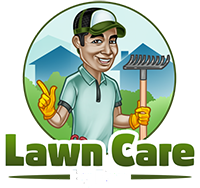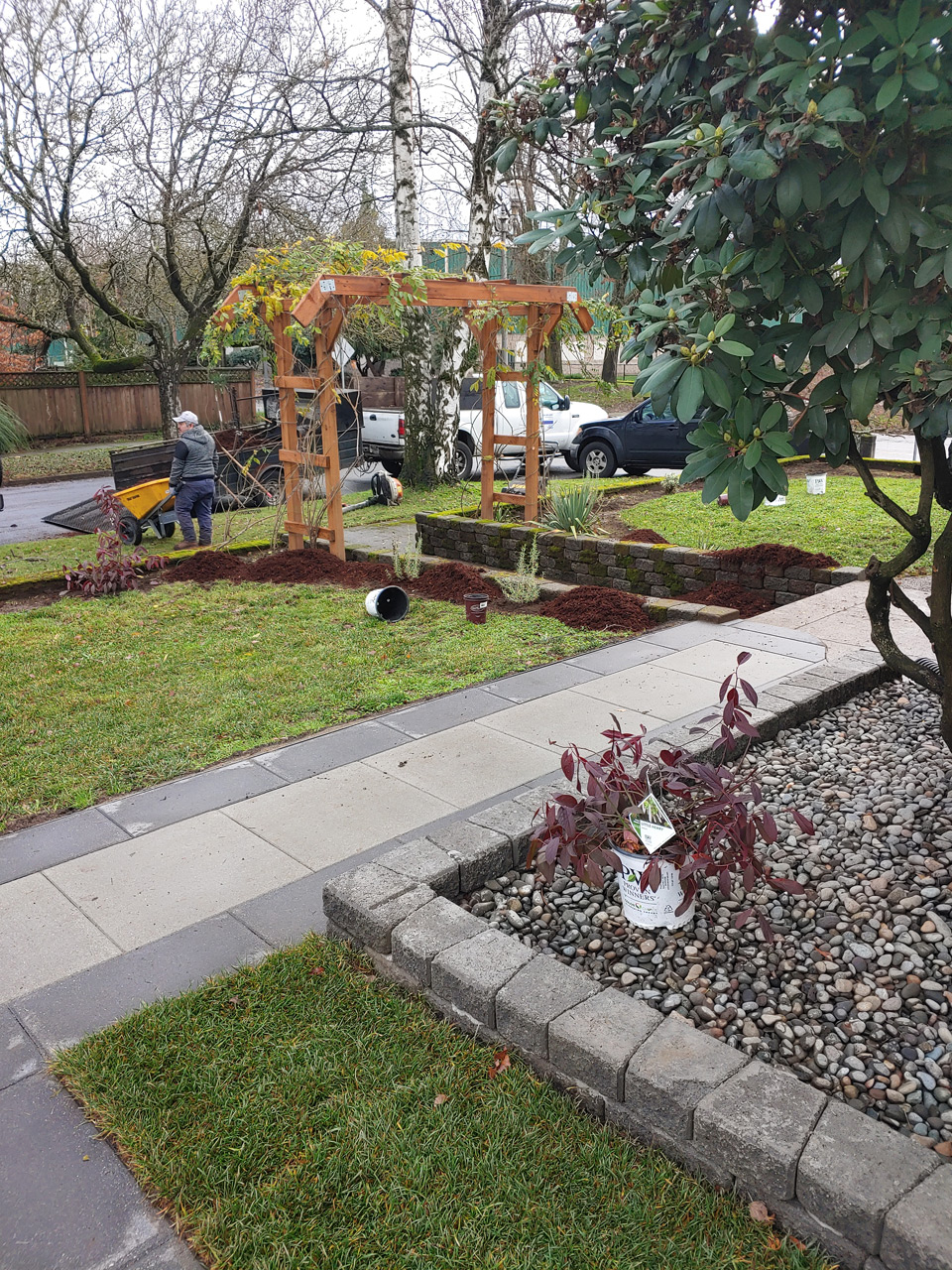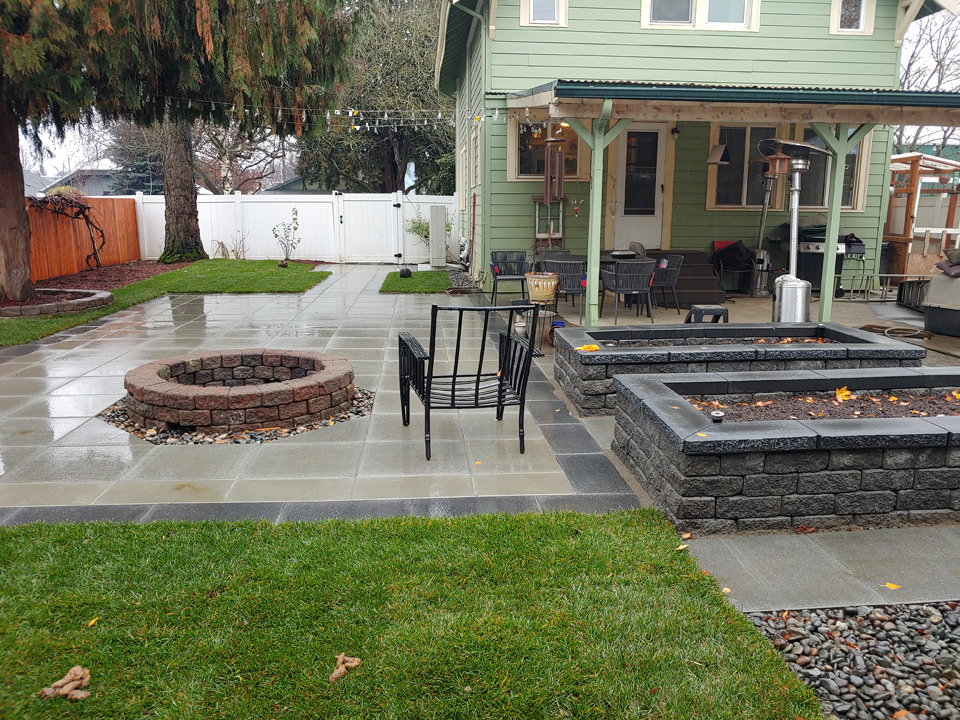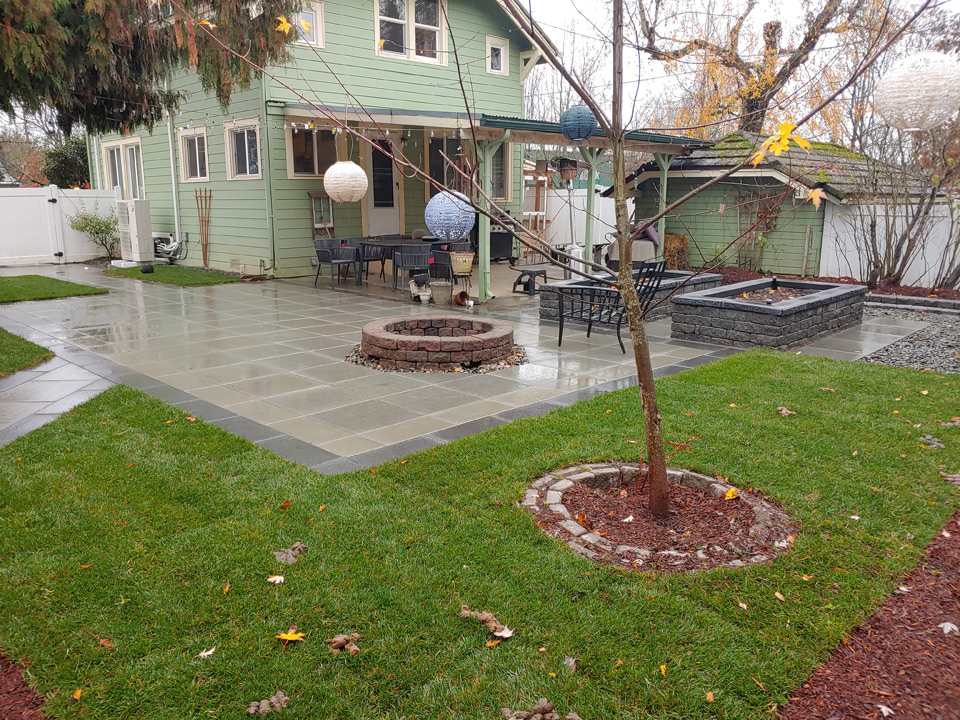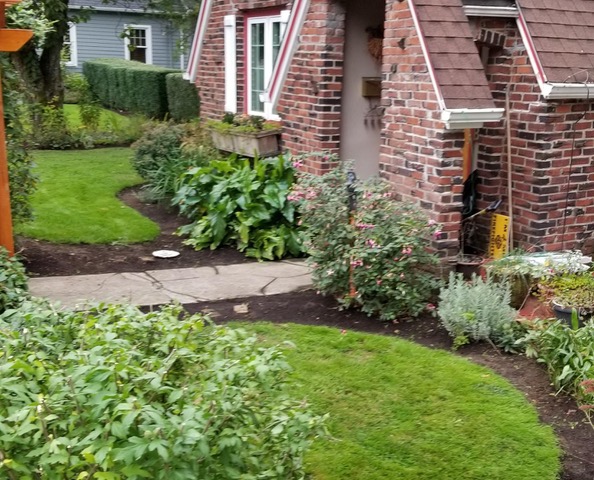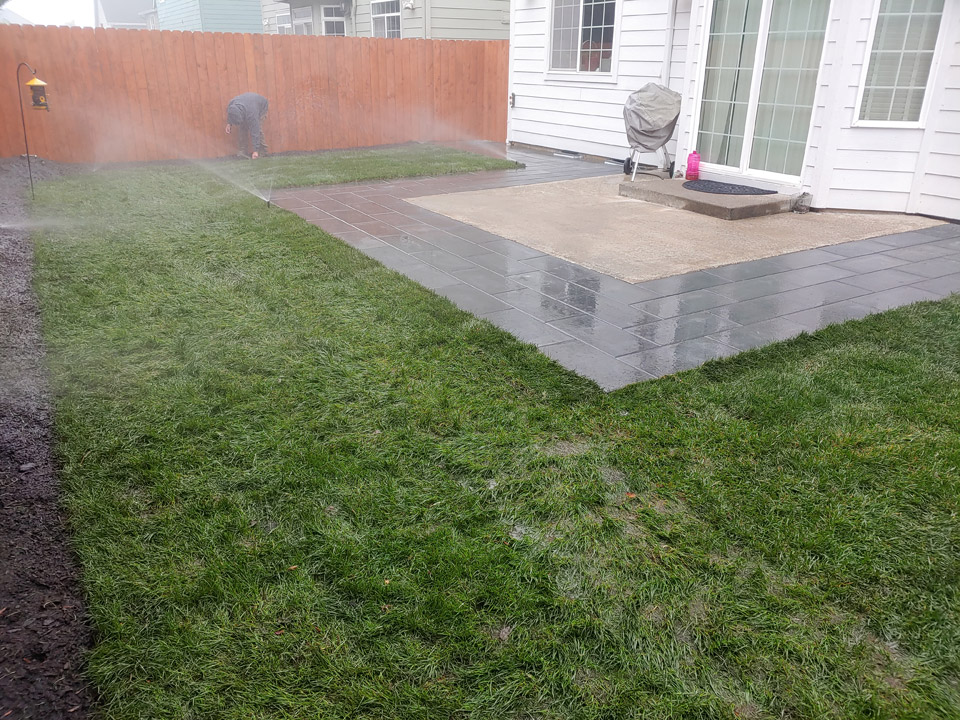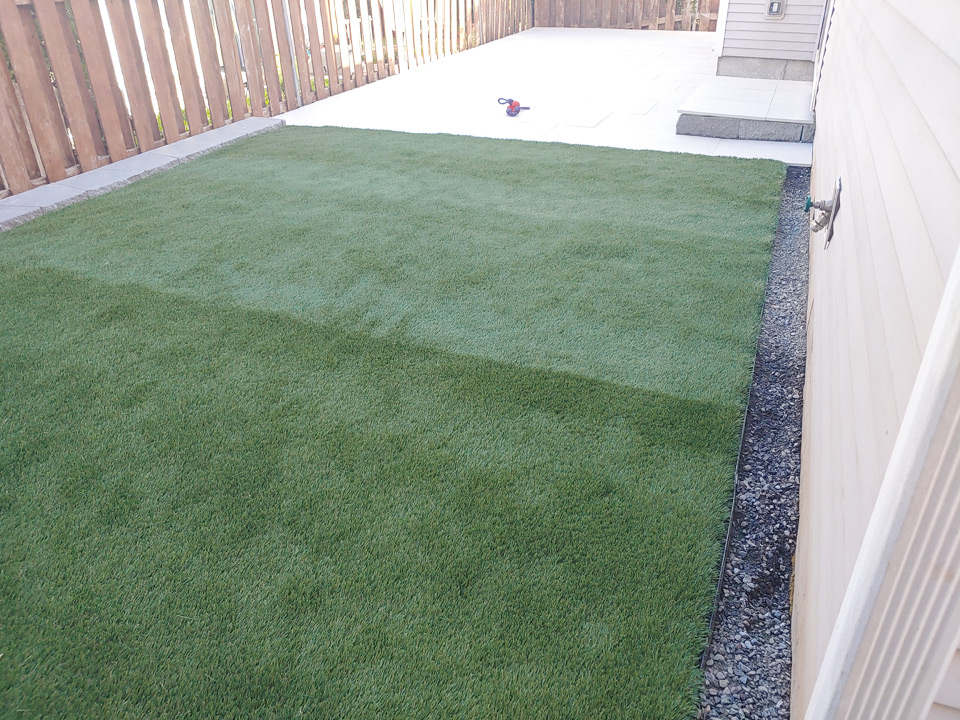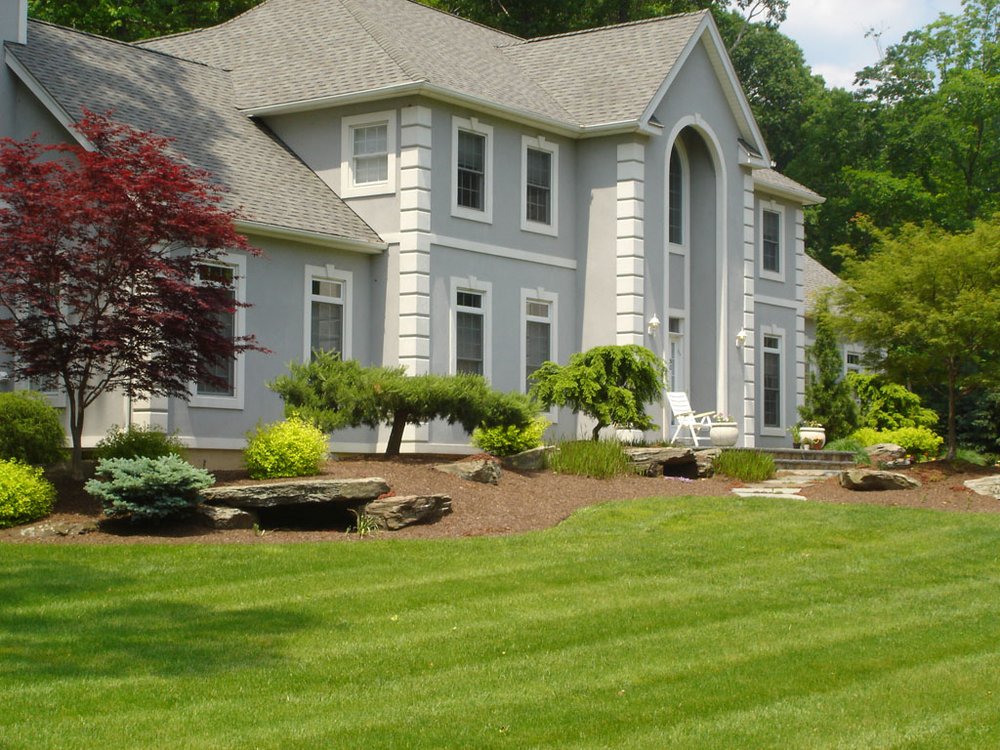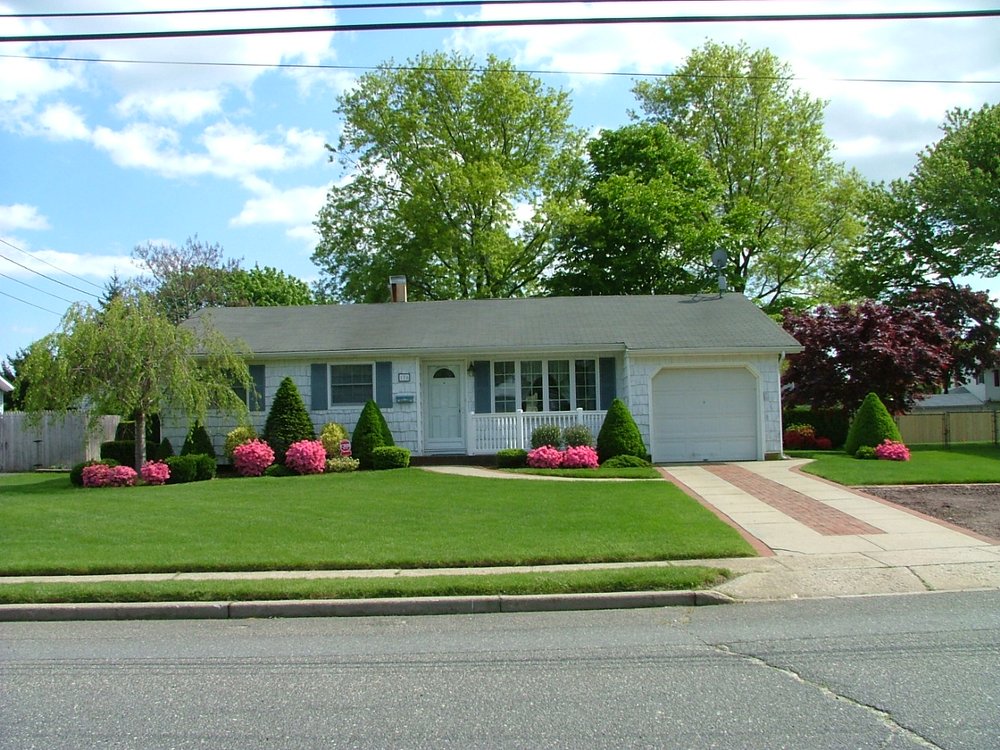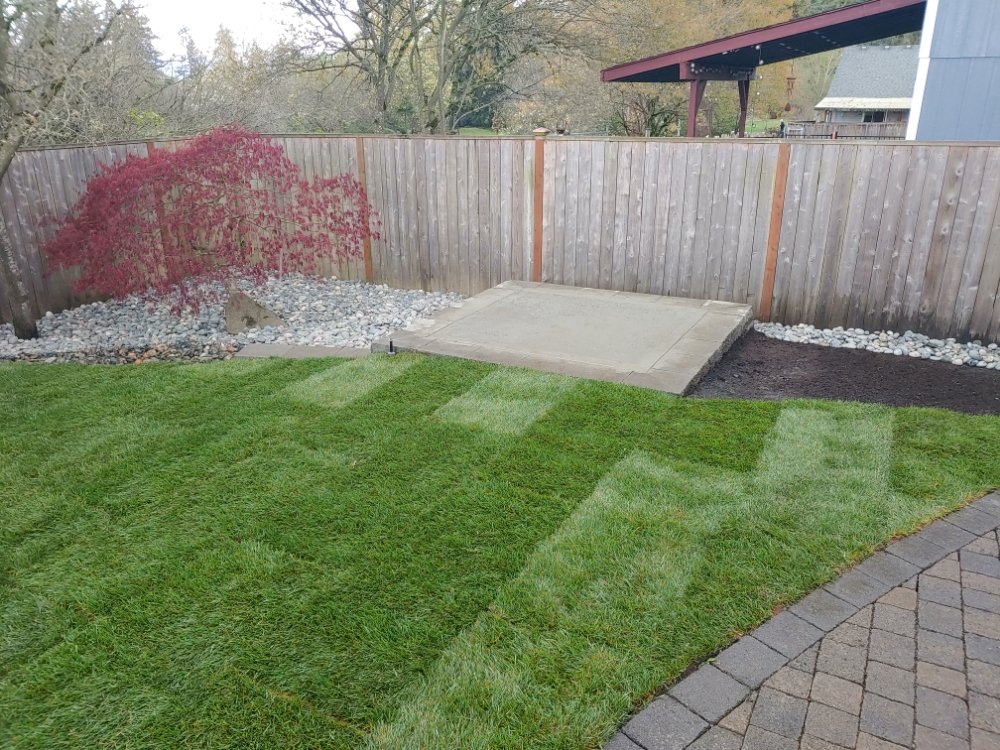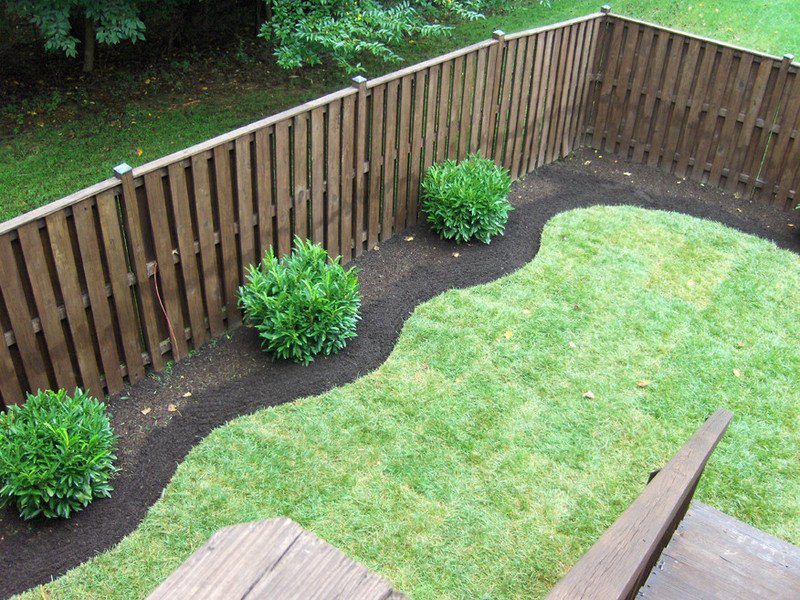Lawn Maintenance for Homes
Lawn Maintenance
Maintaining your lawn is essential to responsible homeownership, as it can prevent costly repairs and potential risks. Neglecting lawn maintenance can lead to unsightly appearances, as well as potentially hazardous conditions like overgrown trees or pest infestations that could cause harm to individuals and animals. Neglecting lawn care can lead to costly repairs in the long run, making it essential to prioritize regular upkeep.
When done correctly and regularly, residential lawn maintenance can help increase the value of a home by keeping its curb appeal high and preventing any further damage from occurring due to neglect. Homeowners need to understand what types of services are required for their specific grass and for them to maintain a healthy yard year-round. For instance, mowing should be done regularly depending on how quickly the grass grows; usually, every 5-7 days during peak season is recommended. Additionally, fertilization helps promote vigorous root growth, keeping weeds away while providing nutrients necessary for lush green grass throughout the summer.
Preventative Measures for Lawn Care
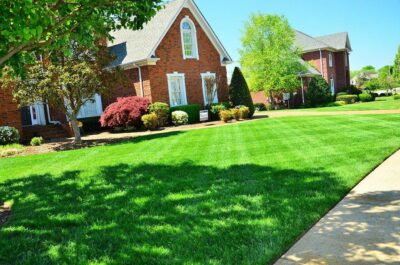 Maintaining a healthy lawn is essential for the overall aesthetic of any home. Regular preventative measures can help ensure your property remains lush and vibrant year-round. Determining the impacts of climate, land composition, and other environmental components on grass growth are critical for successful lawn maintenance. Mowing at the correct height is essential to keep your grass healthy throughout the seasons. During springtime, it’s best to cut low as this encourages more profound root development, which helps protect against drought during the summer months. In autumn, you should raise your mower blade slightly so that the longer blades provide insulation from cold temperatures during winter.
Maintaining a healthy lawn is essential for the overall aesthetic of any home. Regular preventative measures can help ensure your property remains lush and vibrant year-round. Determining the impacts of climate, land composition, and other environmental components on grass growth are critical for successful lawn maintenance. Mowing at the correct height is essential to keep your grass healthy throughout the seasons. During springtime, it’s best to cut low as this encourages more profound root development, which helps protect against drought during the summer months. In autumn, you should raise your mower blade slightly so that the longer blades provide insulation from cold temperatures during winter.
Regular pruning of trees and shrubs is essential for a healthy landscape, as it stimulates new growth by removing dead branches and enhancing air circulation. Pruning helps keep plants looking their best and promotes new growth by removing dead branches and encouraging air circulation within the canopy of each tree or bush. It’s important to prune correctly according to each species’ need the s; otherwise, you may damage them instead. Fertilizing soil with organic material like compost or manure can also give plants an extra boost needed – especially if they are struggling due to nutrient deficiencies in the earth itself. Aerating your lawn once per season is another excellent way to promote better water – particularly during dry spells and frequent enough for optimal hydration levels across all areas of turfgrass coverage.
Periodic inspection of your landscape for any potential pest infestations, such as grubs or weeds, is essential to avoid costly damage later on. If necessary, you can consult with Lawn Care by Dan, who can recommend treatments tailored to eliminate these issues before they become too severe. By following these simple preventative steps now, you will have peace of mind knowing that your yard will stay beautiful all year long.
Lawn Care by Dan provides
- Weekly lawn mowing
- Collection of the cut grass
- Blowing grass clippings
- Seasonal tree and bush pruning
- Weed control
- Pest control
Tree Pruning Techniques Every Homeowner Should Know About
Tree pruning is essential to residential lawn maintenance; it helps keep trees healthy and attractive. Homeowners should be familiar with the techniques used to prune their trees, such as crown thinning, raising, reduction, and cleaning.
Crown thinning involves selectively removing branches from the outer edges of a tree’s canopy to reduce its density while maintaining its overall shape. This technique can help increase light penetration and air circulation within the tree’s canopy, improving growth and health.
Raising is a technique to remove lower branches from a tree to provide more clearance for pedestrians or vehicles passing beneath it. It also increases visibility around the base of the tree so that any potential problems can be spotted quickly and addressed before they become serious.
Reduction is similar to crown thinning but on a larger scale; it involves reducing the size of entire sections or limbs by cutting them back instead of just removing individual branches. This method should only be done when necessary since it can weaken the structure of a tree if not done correctly.
Finally, cleaning is another important technique used in pruning trees; this involves removing deadwood, broken branches, diseased wood, or other debris from within the canopy to promote better health and safety around your property. Cleaning up your trees regularly will also make them look more attractive.
Front Yard vs Backyard Lawn Care
The Importance of Residential Lawn Maintenance
 Maintaining your lawn regularly is an essential part of responsible home ownership, as it keeps the property looking neat and tidy while also avoiding potential safety risks. It helps keep your property looking neat and tidy, as well as preventing potential safety hazards. Failing to maintain your lawn can result in costly and time-consuming issues, such as overgrowth, pest infestations, etc.
Maintaining your lawn regularly is an essential part of responsible home ownership, as it keeps the property looking neat and tidy while also avoiding potential safety risks. It helps keep your property looking neat and tidy, as well as preventing potential safety hazards. Failing to maintain your lawn can result in costly and time-consuming issues, such as overgrowth, pest infestations, etc.
Maintaining the grass at a uniform height is essential to lawn care. This involves cutting the grass to an appropriate length to look neat and consistent throughout your yard. Unchecked, tall grass can be a haven for bugs and vermin to proliferate. Additionally, mowing regularly will help promote healthy growth by removing dead or dying blades of grass, which could otherwise stunt new growth if left on the lawn for too long.
Pruning trees is another essential task when caring for your residential lawns; this includes trimming branches from power lines or buildings to prevent any potential damage caused by falling debris during storms or high winds. Pruning also helps maintain tree health by allowing more sunlight into its canopy while promoting better air circulation throughout its foliage – essential to keeping trees healthy year-round.
Periodic soil testing guarantees that your lawn has the necessary nutrient levels for optimal plant growth. Testing kits can be purchased at most garden stores and should be utilized regularly to guarantee that fertilization needs are met. To check pH levels and nutrient content like nitrogen, phosphorus, and potassium, use the kit to get an accurate reading on how plants will develop over time – especially those planted directly into the soil.
To ensure optimal plant health without over-watering, proper installation of irrigation systems is key. French drains should be set up around problem areas to reduce flooding risks and prevent standing water from stagnating on top of turfgrass roots which can cause root rot. It is important to use resources like water wisely to maximize the benefit.
Finally, tools such as edgers and rakes should always be kept handy to keep borders between flower beds cleanly trimmed while making sure leaves don’t pile up around bushes or trees (which could potentially harbor diseases). Having these readily available tools makes life much easier when it comes to routine maintenance tasks.
Regular residential lawn maintenance requires effort but pays off in terms of improved curb appeal and overall property value. Plus, it keeps pesky pests away from our homes. Following some basic steps outlined above, anyone can easily create a beautiful outdoor space; their family will enjoy spending time outdoors each season regardless of what Mother Nature brings.
Recent Projects
Lawn Maintenance for Residential and Houses
Regular residential lawn maintenance is essential for optimal curb appeal, property value, and pest control. By investing in periodic soil testing, proper installation of irrigation systems, mowing regularly, and utilizing tools such as edgers and rakes – homeowners can ensure their outdoor space remains neat and tidy while avoiding costly repairs down the line.
